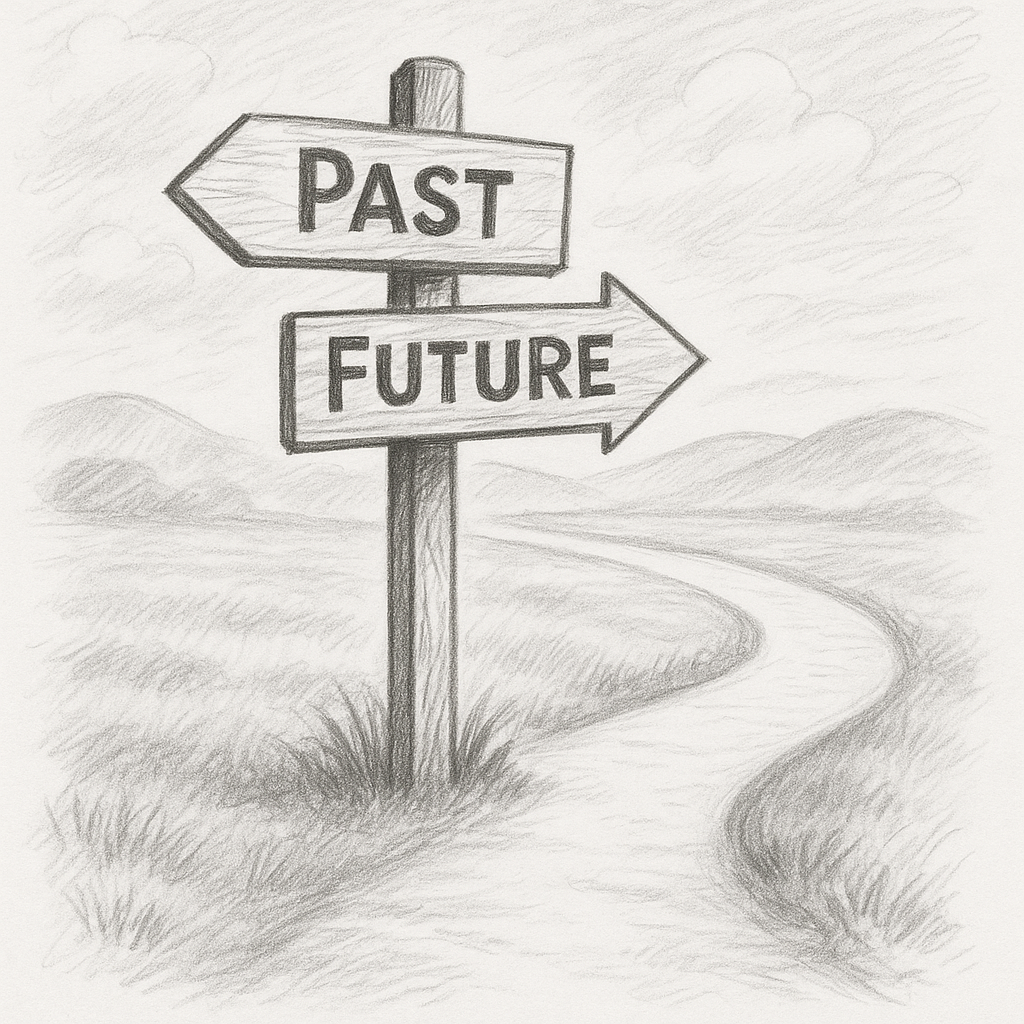How a Good CV & Profile Can Enhance Success
by Rob Bishop
CV writing has always been more of an art than a science. Ask ten recruiters what they want in a CV and you’ll likely get ten different answers. But after many years of recruiting across a range of industries and levels, I’ve come to see some clear patterns in what helps a CV cut through, and what holds it back.
In this modern world of ChatGPT and AI support, creating content is easier than ever before. Along with all the advantages AI bring – one of the biggest challenges it presents is in getting your unique voice heard. In a world of ever increasing content how do you stand a chance of standing out from the crowd?
Here are some of my thoughts to help make sure your CV and online presence work together to represent you at your best…
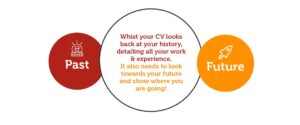
Purpose – Getting on the ‘Yes’ Pile
Your CV has one purpose: to get you on the shortlist. Recruiters and hiring managers scan dozens, sometimes hundreds, of CVs. Most will make an initial judgment within seconds. If your CV doesn’t immediately make sense, you risk being placed in the ‘maybe later’ or ‘not this time’ pile.
First impressions matter, so make sure your application logically aligns with the role. You may have transferable skills or a great attitude, but if your background doesn’t clearly connect to the opportunity at hand, it can be hard to progress.
Many applicants apply for everything they could do, but we recommend applying only for roles you want to do and which are a good motivational fit. This not only increases your chances of success but also ensures you land somewhere you’ll thrive. (If you’re not sure what that looks like this blog on Motivational Fit might help).
Look at what you’ve done most in recent years, where you’ve added the most value and where you want to be in the future. From there, the next steps in your career usually become clearer and your CV will tell a much more compelling story.
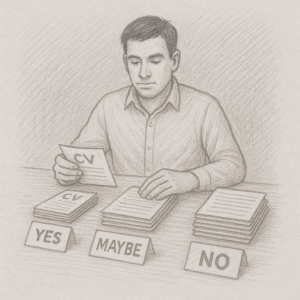
Keep It Clear, Concise and Forward-Focused
We often remind candidates that while a CV looks backwards, it should point forwards. Highlight the achievements, strengths and experiences that match where you want to go next, not just what you’ve done in the past.
Keep it to around two pages, focus on impact (not just responsibilities), and use bullet points where helpful. The strongest CVs include:
- A short, targeted personal statement
- Role descriptions focused on results and contributions
- A clear list of relevant skills, qualifications and certifications
Rather than writing an essay or copying and pasting position descriptions, aim to:
- Highlight how you delivered value
- Demonstrate how you left the organisation better for your presence
- Show your ability to create legacy, not just fulfil tasks
The Rise (and Risk) of AI-Generated CVs
AI tools like ChatGPT, Canva, or resume builders have made it easier than ever to create a CV. And yes, they can be a great starting point. Used well, they help with grammar, formatting and initial drafts. Used poorly, they create bland, impersonal CVs that all sound the same.
We’re seeing more and more CVs that clearly haven’t been reviewed by a human.
They might look polished, but they’re not personalised. Often, they lack the individual’s voice and don’t reflect the unique strengths, values or quirks that make someone memorable.
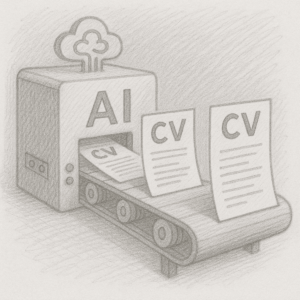
Our advice?
- Use AI for structure or suggestions, but never rely on it to tell your story
- Review and refine with your own voice, insights, and real-life examples
- Show some thought. Recruiters can tell when a CV has been copy-pasted
Ultimately, personality, clarity and relevance win interviews, not perfect grammar or overused phrases.
Make It Easy for the Hiring Manager
Include all the essential information in a format that’s easy to scan quickly. That means:
- Clear contact details (including a mobile number and professional email address)
- A hyperlink to your LinkedIn profile
- Consistent formatting, clean layout and avoid unusual fonts or graphics
Consider having your contact details in the footer so they’re always visible. And please double-check that your phone number and email are correct, you’d be amazed how often we see errors or get a bounce back when we send an email from our ATS.
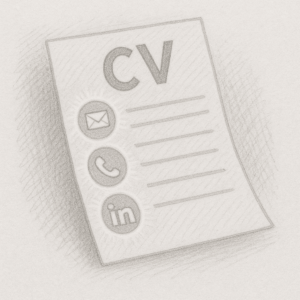
Align Your CV and LinkedIn Profile
A growing number of recruiters will check your LinkedIn profile within moments of opening your CV. If the two don’t align, it creates confusion. If they work together, it builds credibility.
Make sure:
- Your employment dates and role titles match
- Your LinkedIn summary reinforces the personal statement on your CV
- You have a professional profile photo
- You’re active (liking, commenting or sharing relevant content helps)
Think of LinkedIn as your online business card, one that can show your values, interests and network.

If you’re looking for support at a more senior level, we often recommend Lyndal Miller, one of our trusted partners who offers executive-level CV and LinkedIn content creation services. Her guidance is particularly valuable when the structure, tone and messaging of your profile needs to reflect both capability and leadership presence.
Share a Bit About You (But Not Too Much)
A glimpse into who you are can help employers imagine you in their team. A short ‘More About Me’ section on page two is usually the best place for this.
Include community involvement, clubs, sporting achievements or passions if you’d like, just keep it brief and relevant. It can help show your values, personality and interests beyond work as well as giving some conversation starters to the recruiter for interview!

Build a Base CV and Tailor from There
Create a solid, comprehensive base CV that lists all your achievements and roles. Then, for each application, craft a tailored version by drawing out the experiences most relevant to that specific role.
This approach saves time while ensuring your application is focused, targeted, and aligned with what each employer is looking for.
Final Thought
If you’re refreshing your CV or updating your LinkedIn and want a second opinion, we’re happy to help. At Bishop Associates, we combine practical advice with a human touch, because finding the right job isn’t just about what you’ve done but where you want to go next.

Let’s Talk!
Whether you’re actively job seeking or just starting to think about your next move – we’re here to help.
Rob Bishop
Director, Bishop Associates Recruitment

